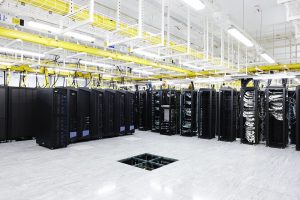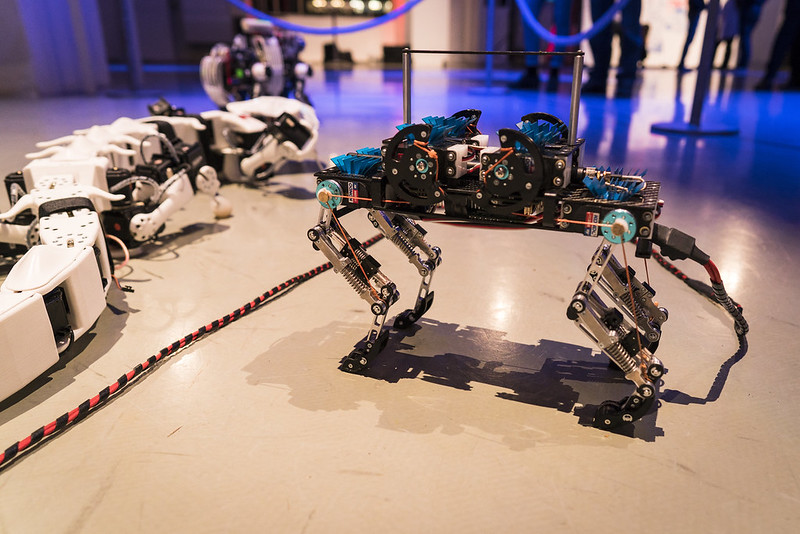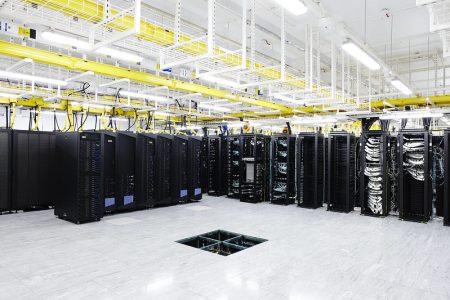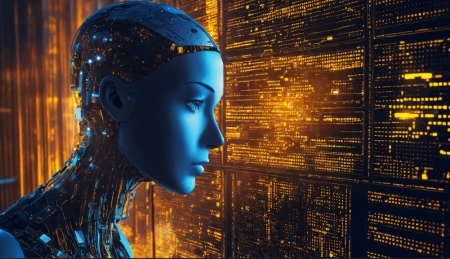Building a robot takes boatloads of technical skills, a whole lot of time, the right materials, of course – and maybe a little bit of organic life, maybe?
Decades of science fiction have shaped our ideas of robots being non-biological entities. Think of batteries as the hearts, metal as the bones, and gears, pistons, and motors as the muscles. However, all those perceptions went flying out of the window when The Terminator was released in 1984, for there was living tissue on the outside in the form of a muscular human male that covered a metal endoskeleton.
It might be a very rudimentary (and fictional) version, but that would probably qualify as what we now know as “biohybrid robots.”
Combining synthetic and living materials, biohybrid robots, at least theoretically, take the forms of organs, limbs, and even entire living organisms. Interestingly, biohybrid robots are already here, even if they are in very nascent stages of their evolution. Is humanity prepared to take them on and, in the future, have them take on everything else?
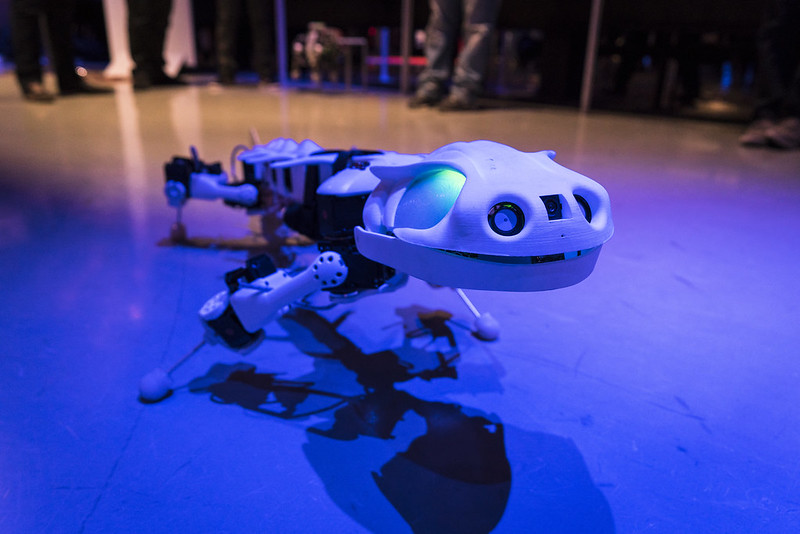
The Journey To Biohybrid Robots
Our traditional image of a robot is an exoskeleton designed from plastic and/or metal and filled with electronic circuitry. However, this traditional image of a robot has its own set of drawbacks. Firstly, they are extremely heavy, which leads to their movements being very rigid. What’s more, they can be dangerous to and around humans — Age of Ultron, anyone?
This drawback of sorts has led to the concept and emergence of “soft robotics,” a bio-inspired revolution in robots that seeks to create safer and more agile machines by employing non-rigid materials. Biohybrid approaches, and robots by extension, are at the frontier of this revolution, having advanced steadily since they were first described in a 2005 research paper by Xi et al, propelled by developments in bioengineering.
How Real Are Biohybrid Robots?
Very, if the last decade’s advancements in bio-inspired robotics are anything to go by. In 2014, for instance, researchers at the University of Illinois successfully designed a microscopic swimming robot. While this accomplishment alone might have not garnered much attention, what made it so huge was how they went about constructing their creation: using cardiac muscle cells derived from rats.
In fact, this was one of the world’s very first “biohybrid robots.” In 2016, 2 years after these biohybrid swimmers were designed, researchers at Harvard went a step ahead, scaling up the original idea and making the first biohybrid “animal” — a 16-mm-long ray. The critter had an elastomer body, a skeleton of gold, and muscles made from rat cells, as it glided through the water at a winding yet meaningful pace, powered and steered by light. More recently, in 2024, a team from the University of Tokyo designed a small biohybrid robot that can walk with a human gait.
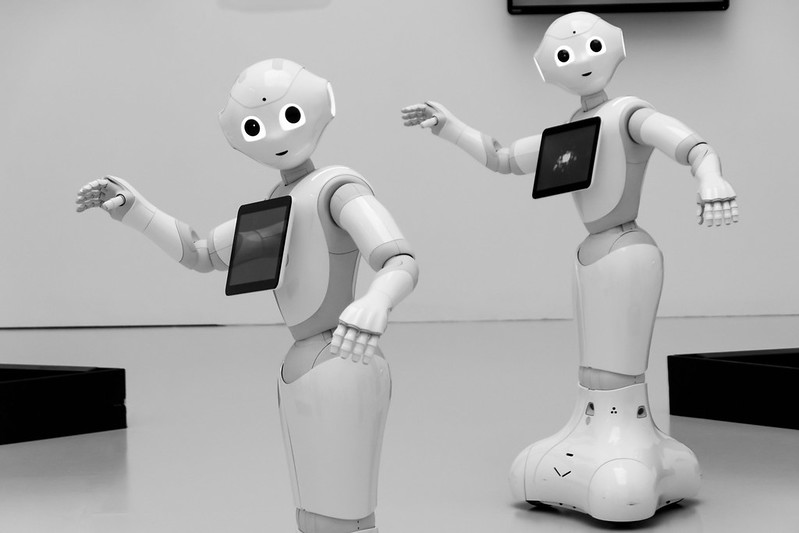
Later last year, researchers from multiple engineering, medicine, and computer science colleges of Florida Atlantic University, in collaboration with the University of Utah, developed a novel, dexterous artificial robotic hand that can sense using in-built biological neural networks. Of course, who can forget the walking shroom-bot designed by scientists and engineers from Cornell University and Italy’s University of Florence?
Interestingly, even though these bio-robots weren’t “alive,” you’ll be surprised to know that they had something in common with living things, besides the material, of course. During research by the Department of Mechanical Engineering at MIT (Massachusetts Institute of Technology), robots got “tired” over time, especially when used at high frequency. So, just like the fact that AI can get bored or feel suffering, biohybrid robots can, well, get tired.
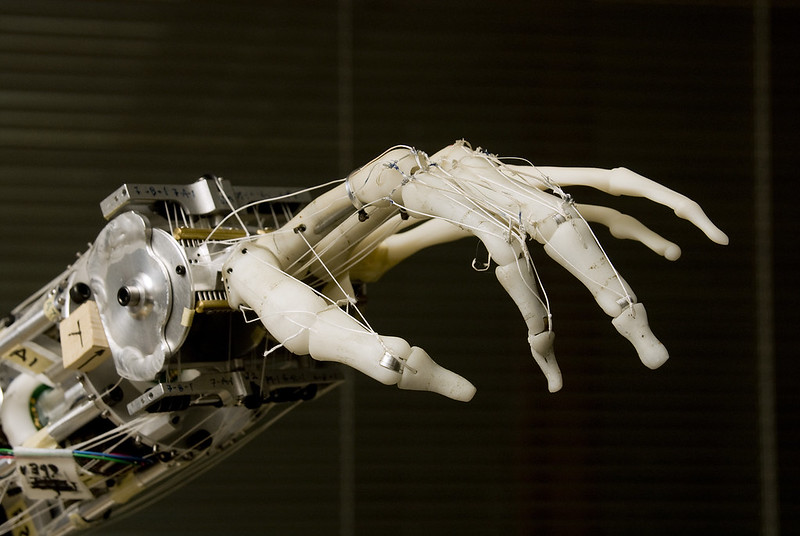
Are We Ready To Deal With Biohybrid Robots?
As biohybrid robots become more complex, different types of tissues – and issues – are thrown into the mix. As machines, creatures, and the biological world meld together in advanced forms evermore, the question of ethics is now popping up. Is humanity really prepared for a brave new world where the lines between life and non-life are increasingly blurred?
Despite being a hypothetical scenario, there are three areas where bio-hybrid robotics throw up unique ethical issues: integrability, interactivity, and moral status. That is, how and whether humans might assimilate biohybrid robots (such as bio-robotic limbs or organs), how biohybrid robots interact with humans and the environment, and the morality surrounding sentience.
Could these robots be sentient and feel pain? If so, how should we interact with them? Where is the point where they are less of a machine and more of a living being? Could they be “upgraded” to contain more living tissue and less metal? If biohybrid organs become available in the future, would patients in dire need of prosthetics and transplants be able to afford them? Would there be a plan in place if these biohybrid organs and limbs fail?
With such advancements in the robotics revolution, scientists really could, someday, build a complex, living being from scratch. However, philosophically, it makes something that thinkers and scientists have suspected for a long time evident: that human beings, and other living creatures, really might be machines, albeit with organic parts.
In case you missed:
- Seabed Security: A Deep Dive Into Underwater Robotics Technology
- AI Just Found a Lost City, is Archaeology Seeing a Digital Revolution?
- AI+ genomics – Revolutionizing the healthcare industry
- Head In the Cloud: Could You Upload Your Mind To The Metaverse?
- Neural Networks vs AI – Decoding the Differences
- Should I Use An Anonymous Crypto Wallet?
- Wildlife Conservation: Is AI Changing It For The Better?
- AI: Bringing About The Next Agricultural Revolution In India
- Can We Really Opt Out of Artificial Intelligence Online?
- Safe Delivery App and the NeMa Smart Bot: How AI Is Aiding Safer Births Amidst Limited Resources


